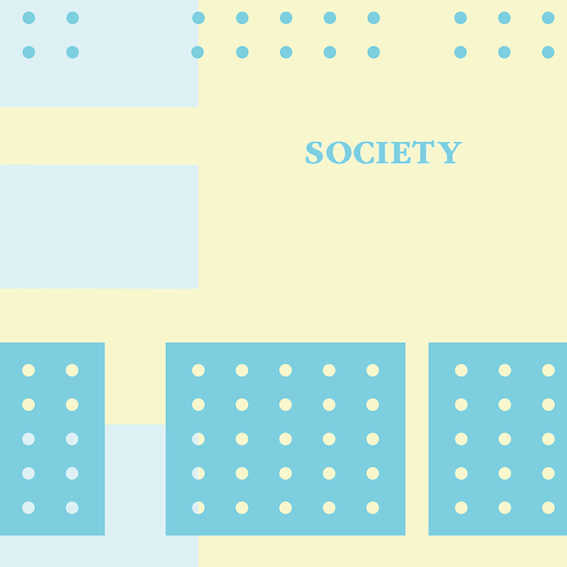Lesbrief Society (6e druk)
In this lesson we devote attention to the importance of the export for the Dutch economy, the Netherlands as a member of the European Union (EU) and the Monetary Union (EMU), exchange rates and international trade. Further, the role of the government as a producer of goods and services, as an employer and as an income distributor will be discussed. Finally, the circular economy will come up for discussion.

Chapter 1
The Netherlands and the world
Traditionally, the Netherlands has been strongly oriented towards foreign countries. As the Netherlands is a small country, it has to rely on foreign countries for many of its products. Still, there are also products which the Netherlands can make itself and which yet come from abroad. This is to do with costs. It is smarter to import products from other countries that can be produced more cheaply there and to apply yourself as a country to products which you can produce more cheaply yourself. We call this international division of labour. It means that each country applies itself to making the products for which it has a competitive advantage. There are a number of factors involved in this:
• natural circumstances;
• wage costs;
• the infrastructure;
• historical circumstances.
The countries of the European Union are the main trading partners of the Netherlands.
links
International trade (video 5 min.)
Why was the EU established? (video 5 min.)
Glossary chapter 1
Extra exercises chapter 1 (in Word)
Chapter 2
The government around us
The government is involved with us in all kinds of ways. The national government makes laws and takes care of things such as dykes, education, healthcare, benefits, police and the administration of law. Money is needed to pay for all of those services. The government receives this money by levying taxes. The Netherlands has a progressive system for income tax. Apart from this, national insurance contributions are paid. These contributions are used in turn to pay out benefits, such as the OAP.
Upon the introduction of the euro, agreements were made about the level of the government deficit and the level of the national debt in percentages of the national income.
links
What is a National Dept? (video 2 min.)
How old is taxation? (video 2 min.)
Glossary chapter 2
Extra exercises chapter 2 (in Word)
Chapter 3
Circular economy
For many centuries the economy has followed a linear model whereby raw materials are extracted from nature, there is production and consumption taking place and waste ends up in nature again. In a circular model raw materials are extracted from the waste of earlier production. This goes further than recycling products or parts of products. In sustainable production, the production is not at the expense of the production opportunities of future generations.
Circular economy comes in a number of forms: extension of useful life, maximisation of use and reuse of raw materials. The government wants to realise a circular economy in 2050. When agreements are made within an international context, the government plays an important role. While consumers do find circular consumption important they do not always show this yet in their behaviour or their purchasing behaviour. Financial incentives from the government are needed to encourage consumers to adopt the proper behaviour.
links
Circular economy (video 4 min.)
Glossary chapter 3
Extra exercises chapter 3 (in Word)